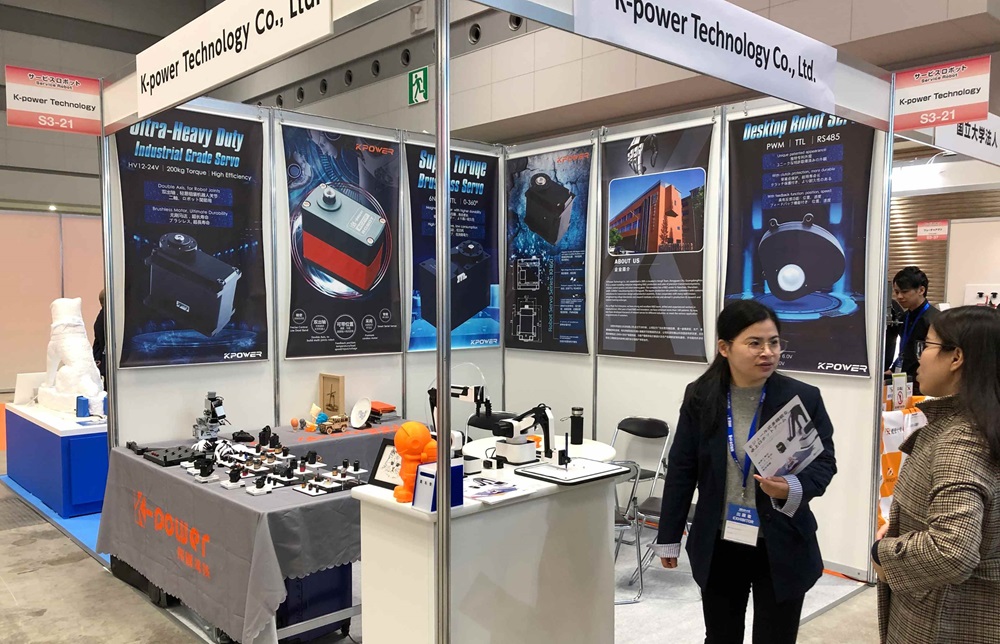Imagine this: you’re tinkering in your workshop, eyes glued to your project, trying to fine-tune the movement of a robotic arm or a camera mount. And right there in the mix is the servo motor with a potentiometer—simple, precise, dependable. You probably already know how crucial it is when you want smooth, controlled motion, but have you ever wondered why this combo works so seamlessly? Let's unwrap it.

This servo motor isn't just any motor. It’s the kind that makes your projects come alive, responding accurately to small, detailed commands. And the magic lies partly in the potentiometer—think of it as the motor’s built-in brain if you will. As you rotate the shaft, the potentiometer adjusts the voltage, telling the Arduino exactly where the motor should position itself. It’s like giving the motor a quick "tell me where I am" check constantly in real time. That feedback loop keeps everything steady and precise, whether you’re making a robot’s hand grasp or a drone’s camera tilt.
Now, why add Arduino into this mix? Because this microcontroller acts as your digital conductor. Feeding in signals from the potentiometer, it makes the motor hit just the right spot. Want to rotate a servo to 90 degrees? Easy—set the Arduino to send that signal, and the motor chugs along, guided by your code, responding instantly. It’s like setting a GPS coordinate, and the motor responds like a well-trained dog. And the best part? You can tweak the code easily, add sensors, or even extend this setup into a complex robotic system.
Think about real-world use—say you’re building a camera gimbal for smooth video shoots. With a servo motor and potentiometer, you can master the balance of fluid movement without fancy, expensive stabilizers. Just a simple setup, some coding, and boom—you’re capturing footage that looks like Hollywood. Or imagine creating a model car that steers itself. The precision control from a servo with a potentiometer makes steering adjustments feel natural—no jerks, no lag—just silky smooth turns.
People often ask: “Is this beginner-friendly?” Absolutely. It’s approachable enough to learn the basics in no time, yet powerful enough to scale as your projects grow. Plus, with the trusty Arduino as your guide, experimenting becomes a breeze. Suddenly, controlling robots or remote-controlled devices isn’t just a thing in movies—it's your new hobby or even your job’s secret weapon.
What about durability? Well, these servo motors are built tough. They can withstand repeated movements, withstand some dust and grime, and often require minimal maintenance. Pairing that resilience with easy-to-find components makes it a winning combo for anyone serious about DIY or professional prototyping.
So, whether you’re aiming at personal projects or professional prototypes, this combination offers unmatched versatility. The precision feedback from the potentiometer, paired with the straightforward control of Arduino—what’s not to love? It connects ideas with execution, transforming sketches into real, moving, working inventions. That’s the power of a servo motor with a potentiometer. It’s not just hardware; it’s the backbone of countless innovations ready to be customized to your imagination.
Established in 2005, Kpower has been dedicated to a professional compact motion unit manufacturer, headquartered in Dongguan, Guangdong Province, China. Leveraging innovations in modular drive technology, Kpower integrates high-performance motors, precision reducers, and multi-protocol control systems to provide efficient and customized smart drive system solutions. Kpower has delivered professional drive system solutions to over 500 enterprise clients globally with products covering various fields such as Smart Home Systems, Automatic Electronics, Robotics, Precision Agriculture, Drones, and Industrial Automation.




































